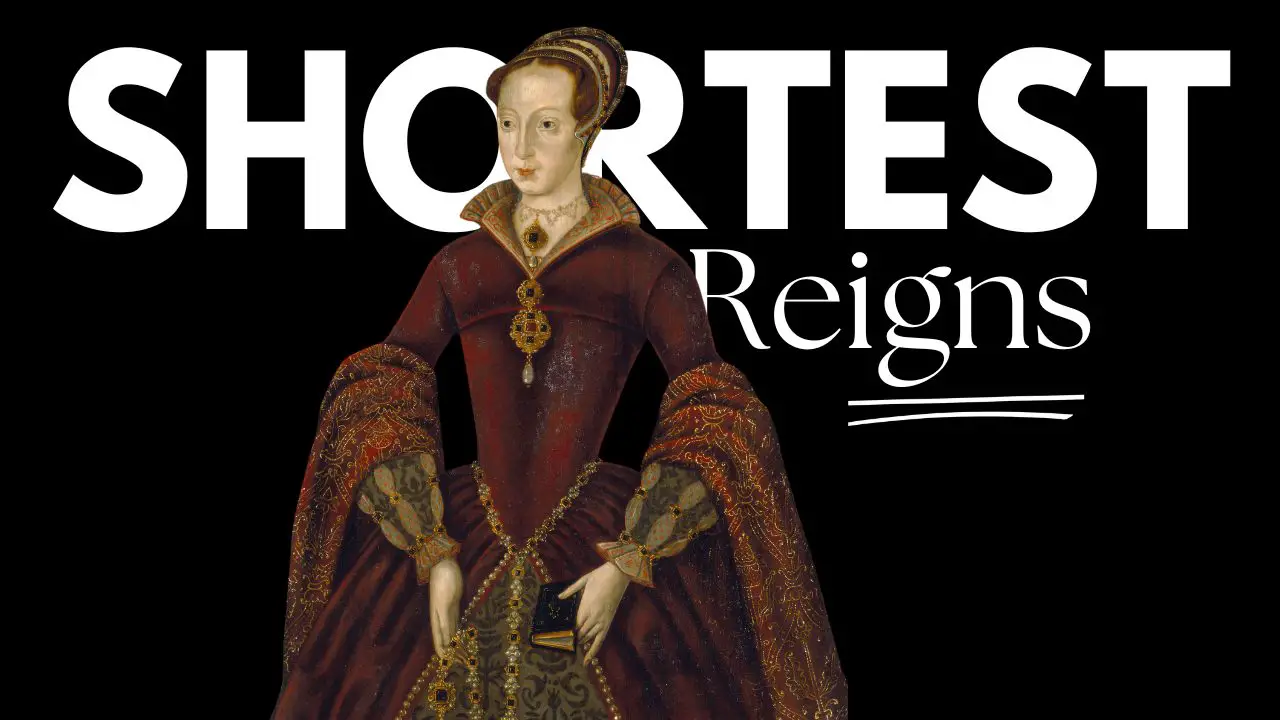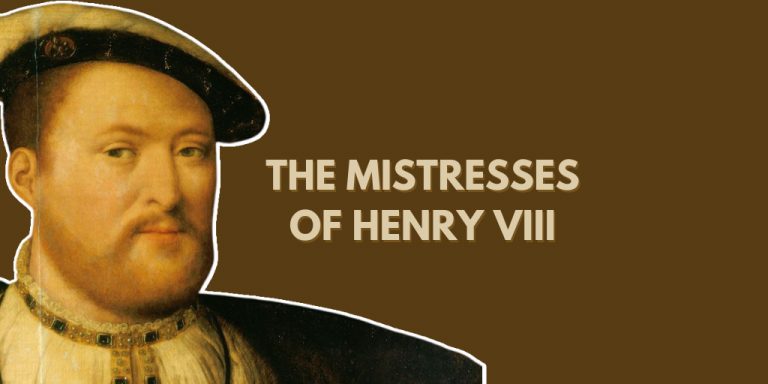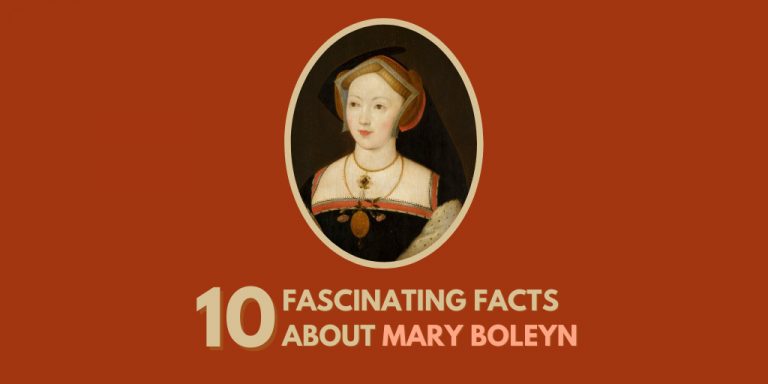Who is the shortest reigning British monarch?
Who is the shortest reigning British monarch? It’s an interesting question and one that prompts a lot of debate.
There are many things to consider, not least whether we are considering British monarchs, English monarchs, or Scottish monarchs. Or all three.
Just for fun, in this article, we will consider all three.
Lady Jane Grey (9 Days)
More often than not, Lady Jane Grey tops the list of shortest-reigning monarchs.
She was Queen of England, famously, for just nine days, from the 6th of July until the 15th of July 1553.
However…
The fact that we still refer to her as Lady Jane Grey, and not Queen Jane, should give you a clue. Jane Grey’s reign is heavily disputed.
She was effectively thrust into power in a coup after the death of her cousin, Edward VI. Under the terms of Henry VIII’s will, the crown should have passed immediately to Edward’s eldest sister, Mary.
Upon hearing the news of her brother’s death, Mary immediately declared herself Queen. She was at Framlington Castle in Suffolk at the time.
Slowly, the coup fizzled out as Mary’s army gained ground in East Anglia. After nine days, Jane Grey was taken prisoner and held in the Tower of London, where she had been staying awaiting her coronation.
Things did not end well for Jane. She was executed on February 12th 1554.
Sweyn Forkbeard (40 Days)
Sweyn was a Dane, and he invaded England in 1013.
London surrendered under the weight of Sweyn’s army. He was declared king on Christmas Day 1013. Æthelred, who was the reigning Saxon king at the time, went into exile. Sweyn died unexpectedly on the 3rd of February 1014, ruling for just 40 days. The official cause of death was a horse riding accident; however, murder cannot be ruled out.
Sweyn’s death created a power vacuum and allowed Æthelred to return.
Edgar the Ætheling / Edgar II (63 Days)
Prior to the Norman conquest, records were somewhat sketchy and incomplete. However, we know that after the death of Harold Godwinson on the battlefield at Hastings, Edgar the Ætheling was declared King of England by the Witenagemot.
However, William the Conqueror, who killed Harold on the battlefield, ended up getting himself crowned king on Christmas Day 1066. The date of Edgar’s alleged reign ended is normally given as the 17th of December 1066, when the majority of the nobles of England recognised William the Conqueror as king.
Edgar ended up rebelling against William several times. Strangely enough, for William the Conqueror, who wasn’t a forgiving man, he allowed him to live on each occasion.
Edgar ended up going on the First Crusade and then arriving back in England to cause trouble for William’s on Henry I.
Edward V (78 Days)
Many accounts often fail to take account of pre-conquest kings, due to the unreliability of records. They also discard Jane Grey due to her (very) disputed reign.
Therefore, in some articles, you may see Edward V as having the shortest reign: 78 days.
Edward is probably better known as one of the two princes in the tower. Following his father’s death (Edward IV), the young king was at Ludlow Castle in Shropshire. He travelled to London and was intercepted en route by his uncle Richard, Duke of Gloucester. Gloucester took Edward to the tower, allegedly on the premise that this is where monarchs stayed before their coronation.
However, Richard was plotting to take over the throne behind the scenes.
Edward was declared illegitimate, and his Uncle took over as Richard III.
Edward, along with his younger brother, simply disappeared.
The mystery of what became of the princes in the tower has never been solved.
Duncan II (6 months)
The shortest reigning Scottish monarch was Ducan II, who reigned in 1097.
The circumstances regarding his reign and death are somewhat confused.
Duncan took the throne from his uncle, Donald III, with the support of William II of England. However, Donald still lived and worked hard to rebuild his power base.
Six months after coming to the throne, Duncan was murdered. There are conflicting accounts of how this occurred, but his uncle was probably behind it. His final resting place is also unclear, it possible it might on the Isle of Iona or the more traditional resting place of Dunfermline Abbey.






